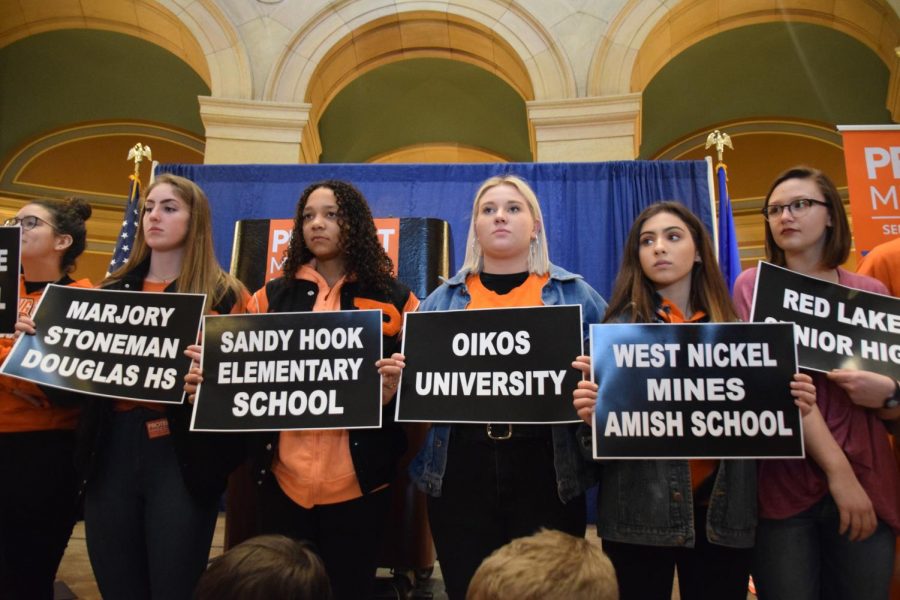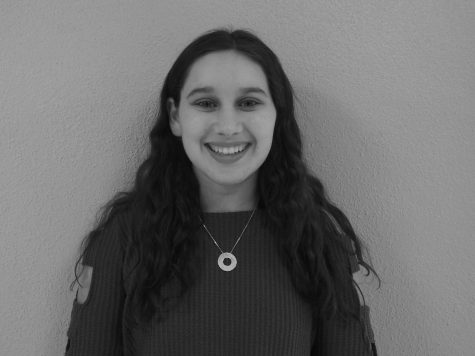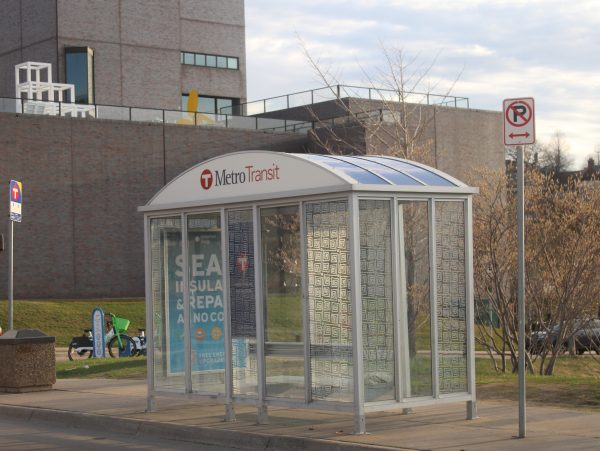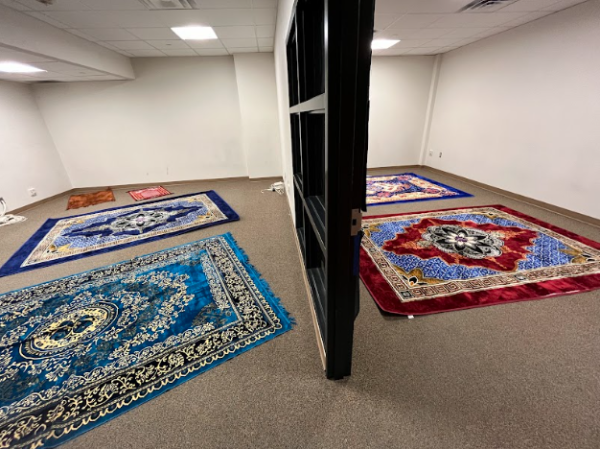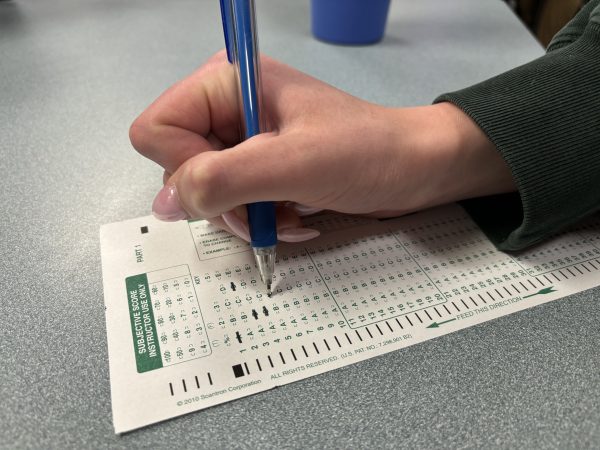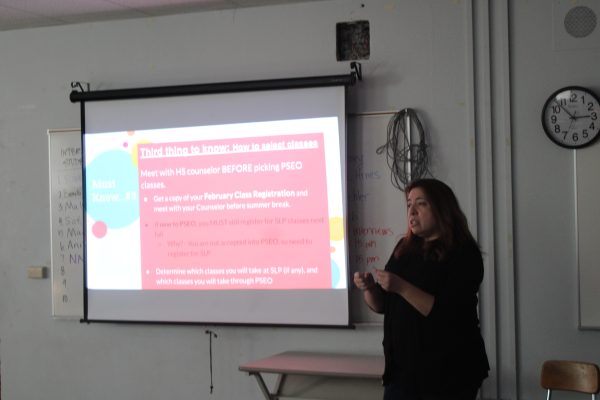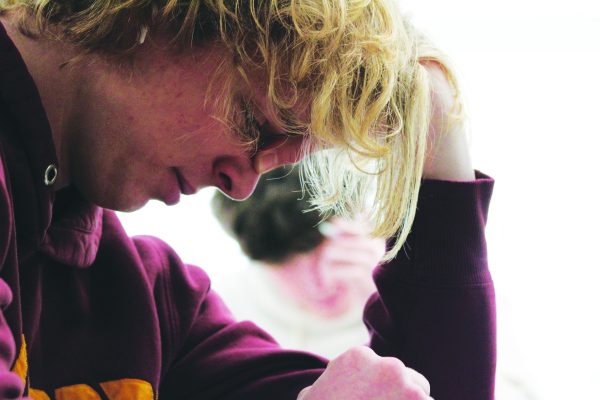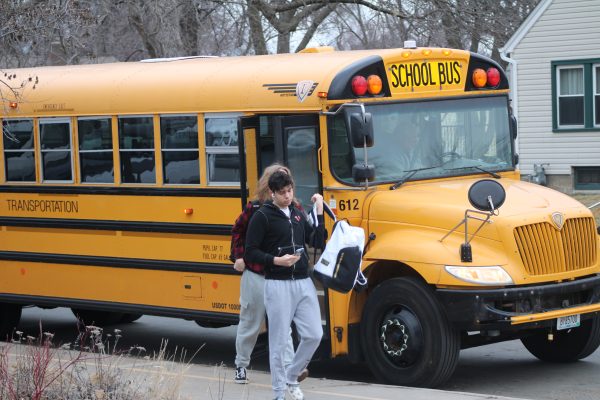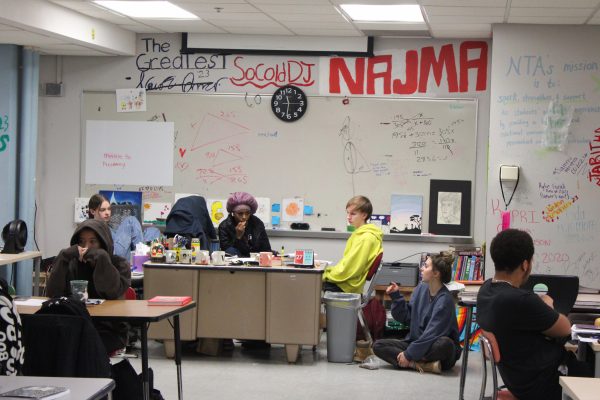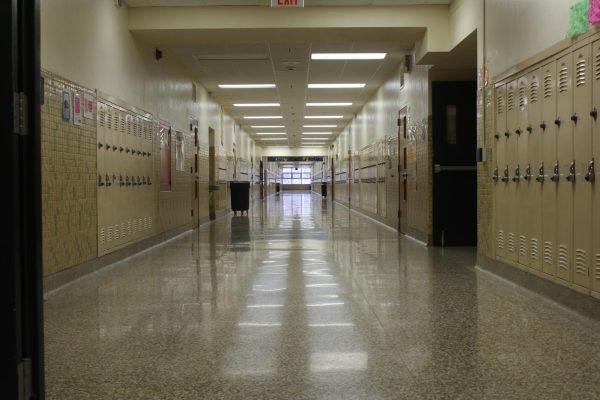Administration shows cooperation toward walkout
Standard attendance policy enforced for participants
(left to right) Park students junior Savannah Romero, junior Nyah Johnson, senior Chloe Schaerer and junior Gaidah Azemhold signs displaying the names of places where recent school shootings have occurred, Feb. 22.
March 13, 2018
As the nationwide school walkout approaches on March 14, senior planner Elliot Schochet said he has worked alongside peers, district administrators and Mayor Jake Spano to logistically turn a proposal into a reality.
“As people will see on Wednesday, this is something that was put together that I couldn’t have really done by myself,” Schochet said. “I originally thought of the idea a few days after the shooting happened in Parkland, which was around Feb. 17 through Feb. 20 and the first people I contacted was the city.”
According to Schochet, in addition to speaking to city officials in St. Louis Park, Principal Scott Meyers and Superintendent Astein Osei also reached out to him understand the event.
“They were overall very receptive to our message and what we wanted to get done,” Schochet said. “They obviously can’t endorse it as a school, but they weren’t going to punish anyone or anything, they just wanted to make sure everyone was safe, so that was our first step.”
According to Osei, the school district will be enforcing the standard attendance policy during the walkout.
“One of the things that we have to be intentional about is not allowing some protest or the events to have access to unexcused absences without attendance procedures being applied,” Osei said. “What we do to create for consistency is say you are more than welcome to participate and you know the normal attendance rules will apply.”
Freshman Tal Dahan said he believes the walkout’s interruption of the school day is extraneous.
“I really don’t think it’s necessary,” Dahan said. “I think it’s taking away from class time.”
According to Osei, all staff members of the school district are not able to take part in the walkout March 14.
“We‘re a public school district, so we take taxpayer’s dollars, which help to fund (Park), so if we as public employees start to engage, participate in events, or whatever, that may not fully represent our entire public, that becomes problematic,” Osei said.
Dahan said he feels the largest impact would be to change Minnesota gun legislation.
“I think there are other ways to express people’s feelings,” Dahan said. “They should contact congressmen if they want to change the gun laws.”
Schochet said many students have been a part of organizing the event.
“After we made an official announcement on social media, other kids expressed interest of getting involved and throughout the process we as a group of planners have probably met four or five times,” Schochet said.
Freshman Mira Malka said she feels the walkout allows students to commemorate the 17 lives lost in the Marjory Stoneman Douglas High School shooting Feb. 14.
“I think it will be a very good opportunity to have a voice as a teenager and it can make us feel like we are making a change,” Malka said.
According to Osei, students will be welcomed back to the school following the walk to Fire Station 1 to hear from numerous speakers.
“We don’t want students to go and then feel as if they can’t come back to resume their learning,” Osei said.
According to an announcement made March 13, as a safety precaution, students engaging in the walkout will have to show their student identification card when they return to their fourth hour class.
Osei said his minimal contributions to the planning were to ensure the students participating are safely able to engage in the event.
“Early on I (was involved) but it was only to understand to figure out how we can support and to make sure that there weren’t going to be any school rules, expectations or anything that would serve as barriers,” Osei said. “My biggest concern is that students get there safely and get back and kind of go from there.”



